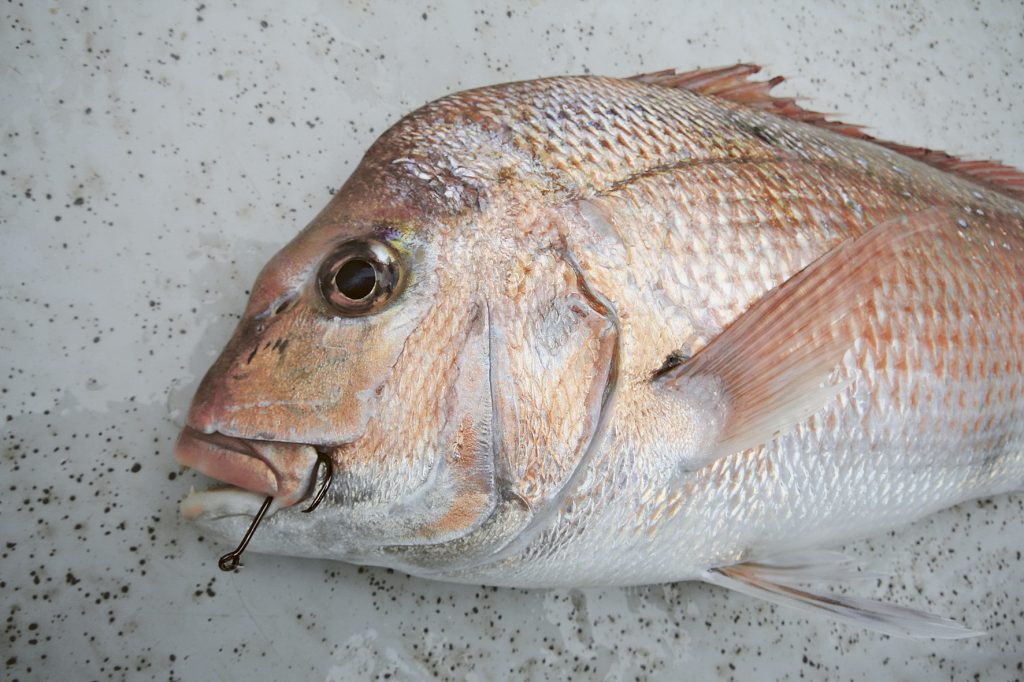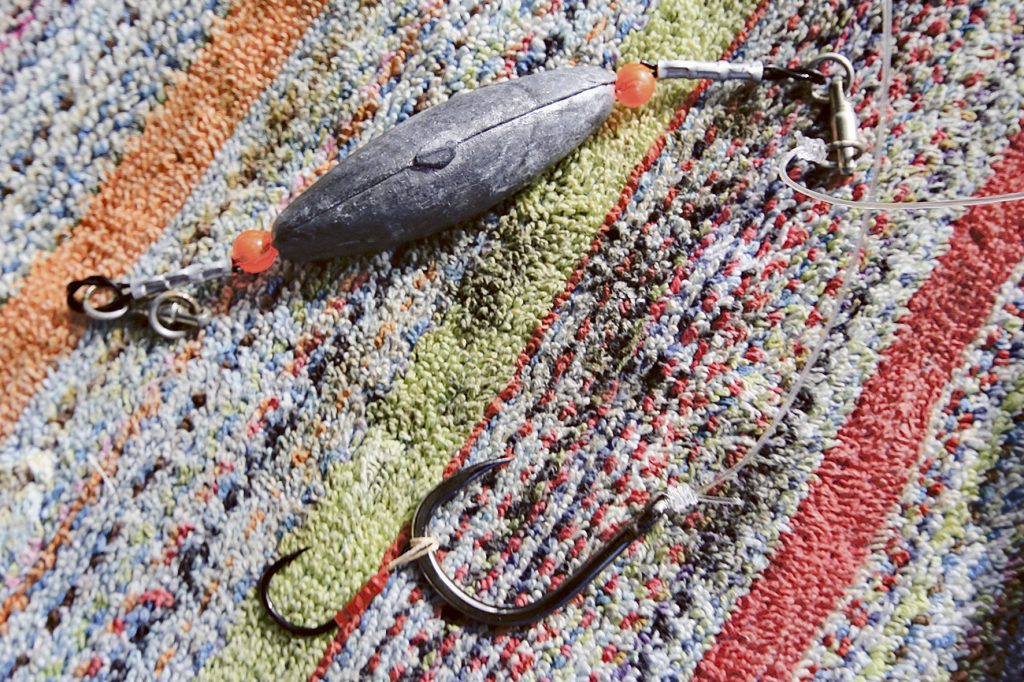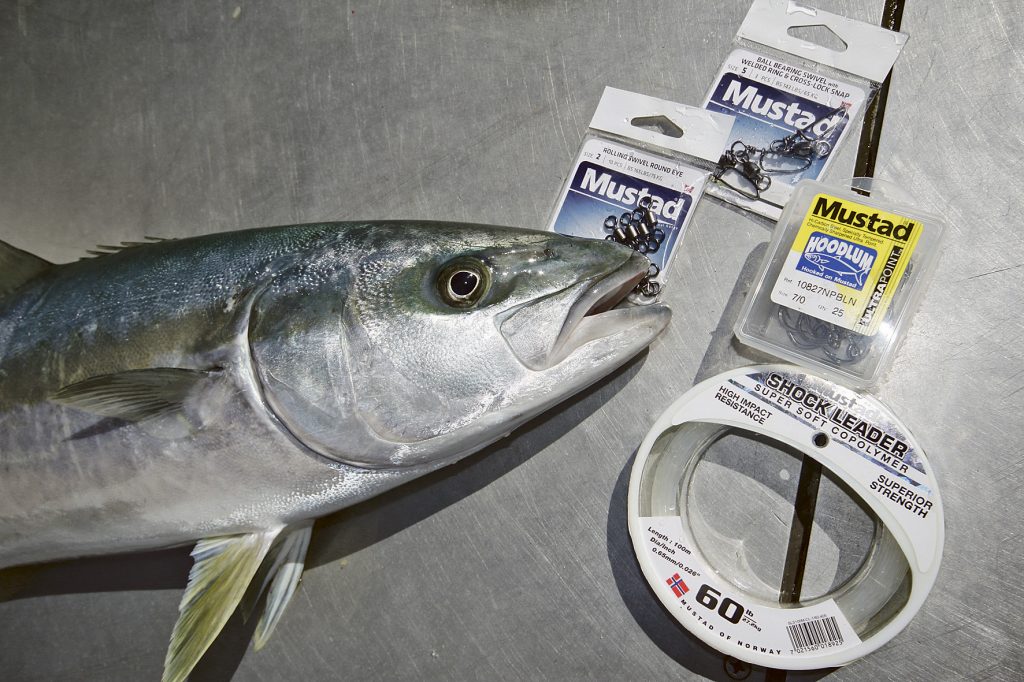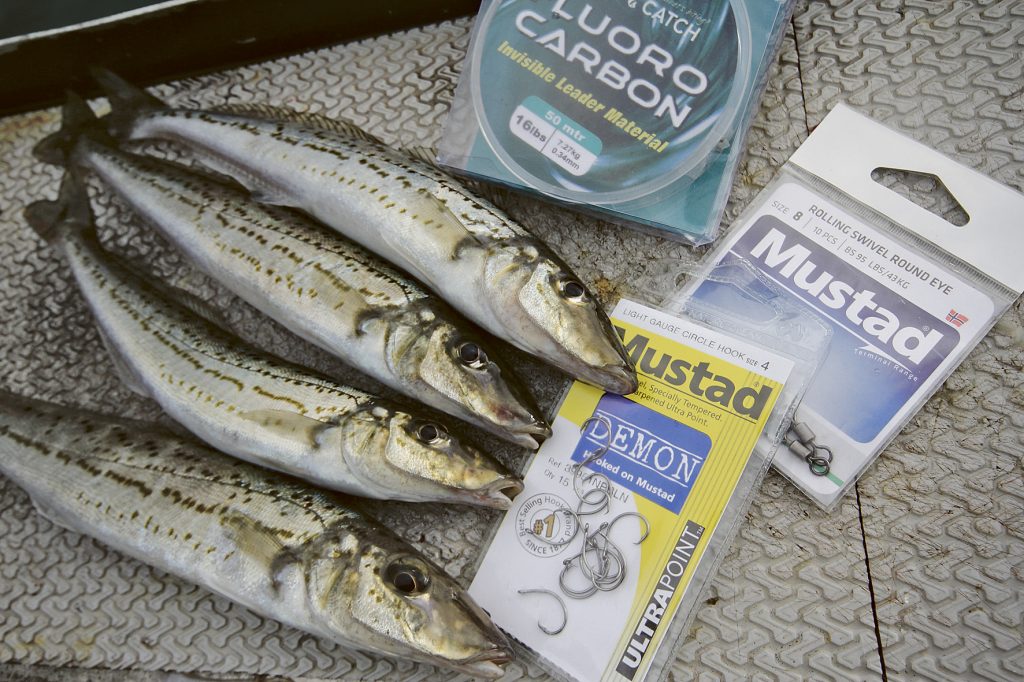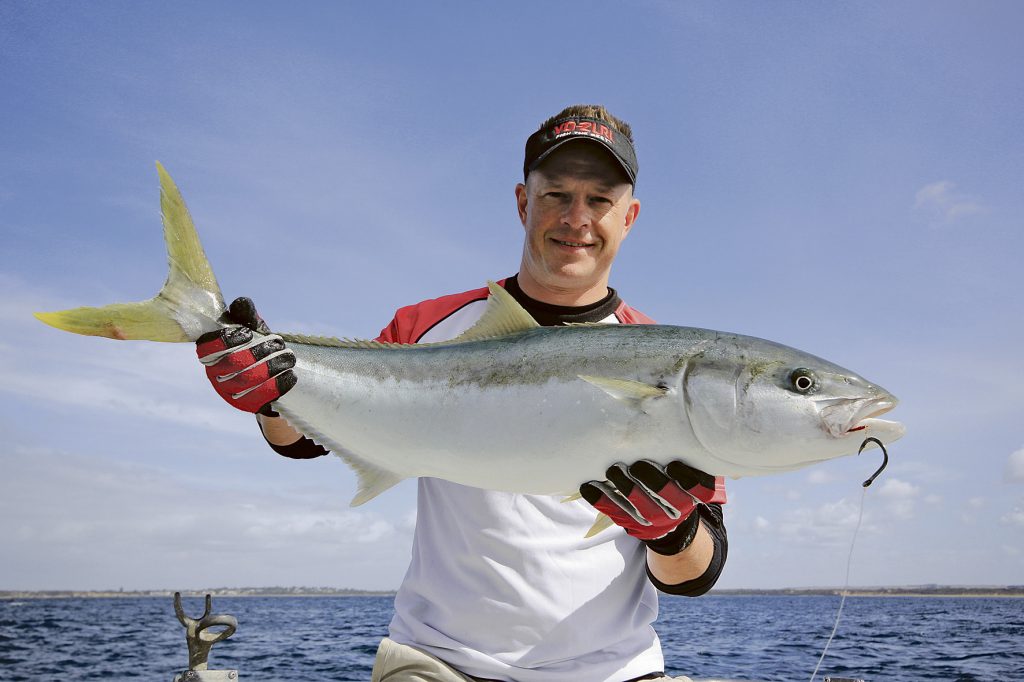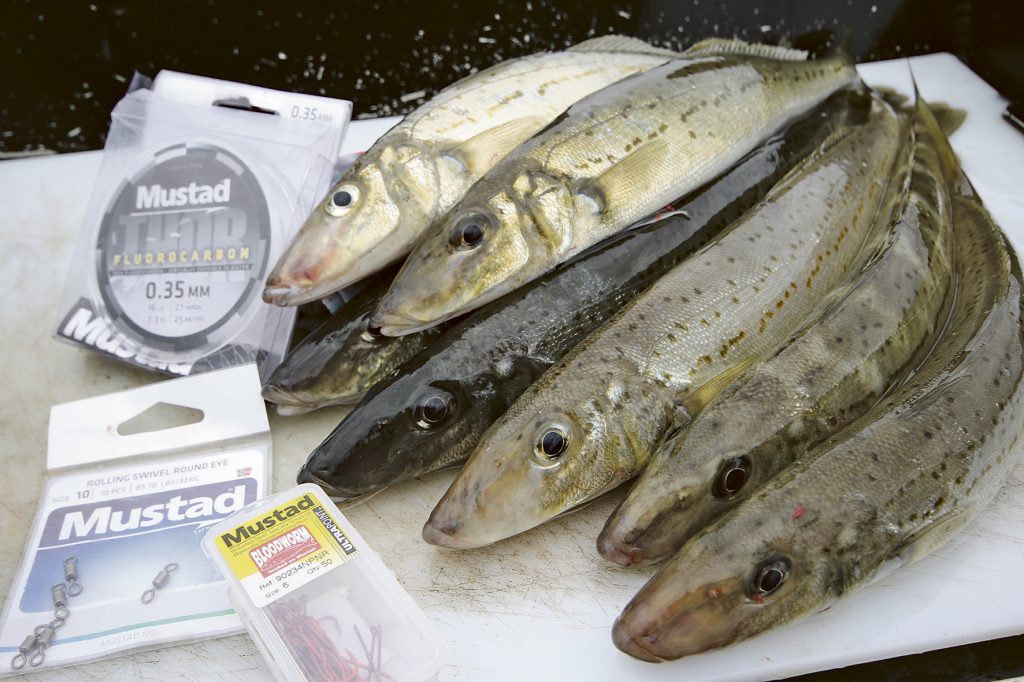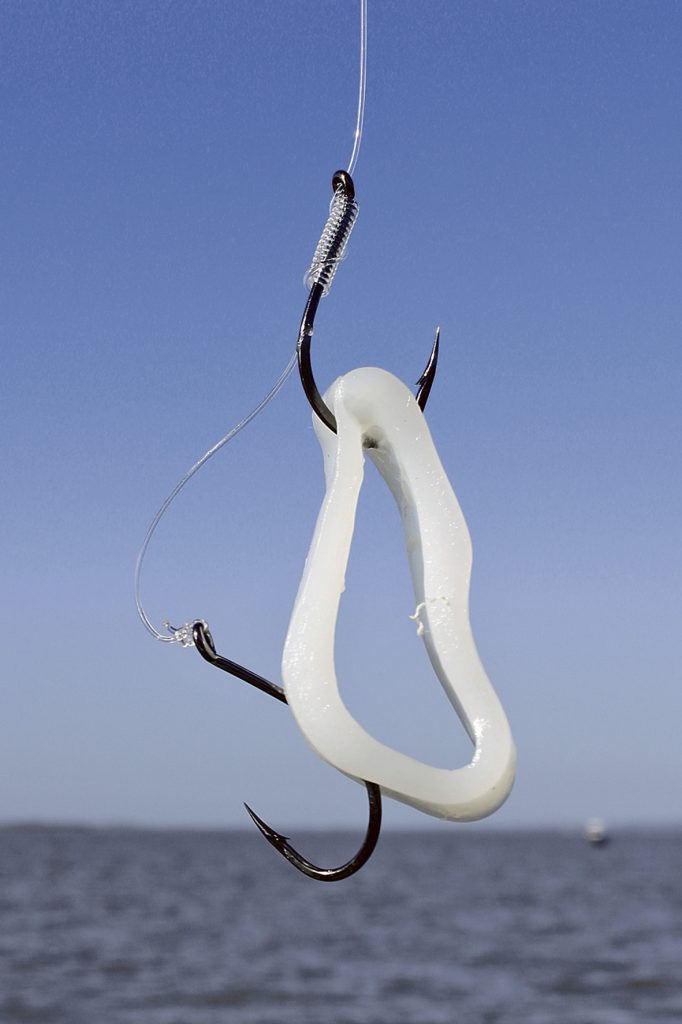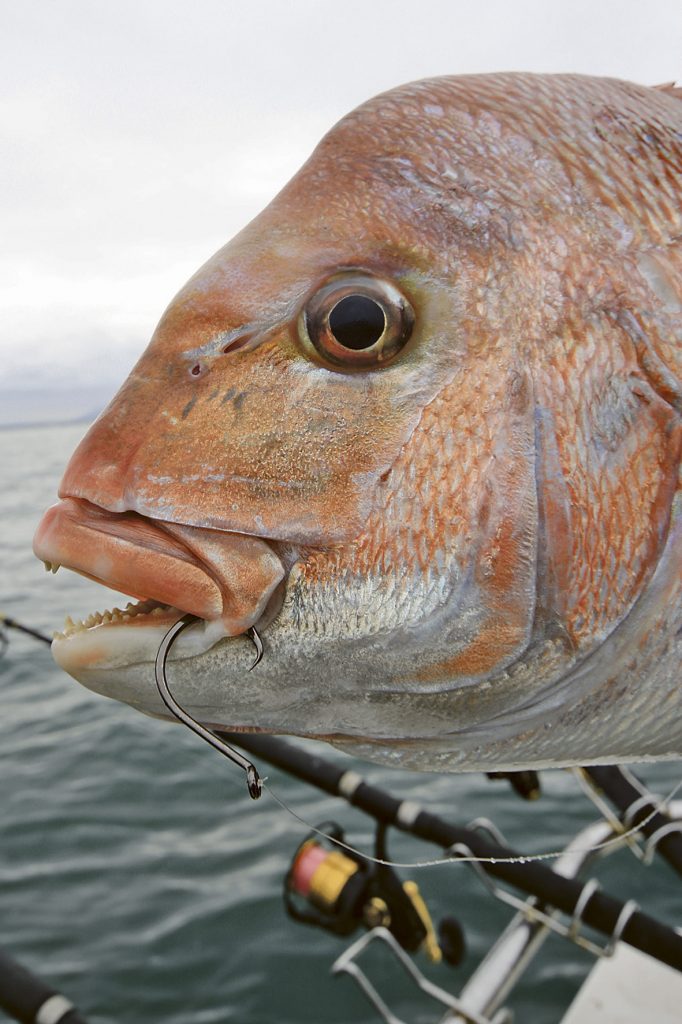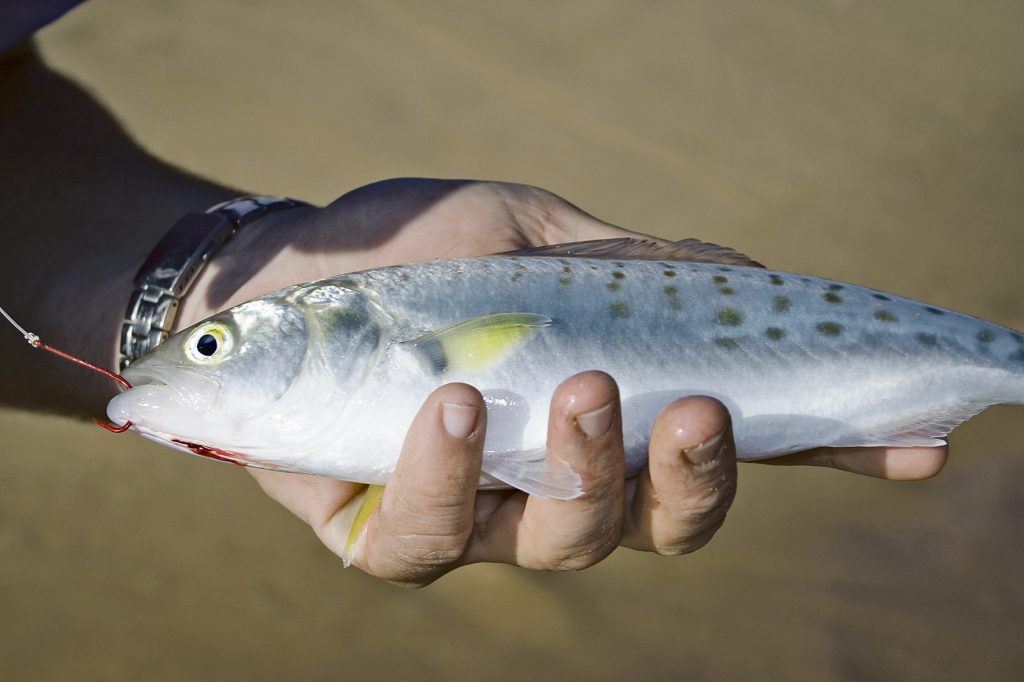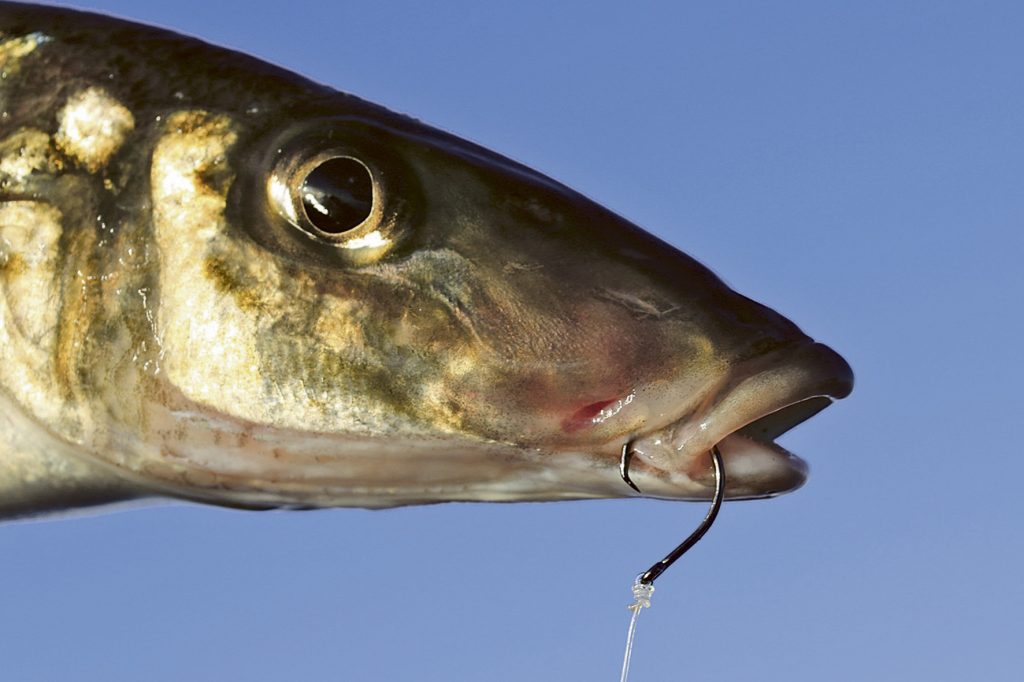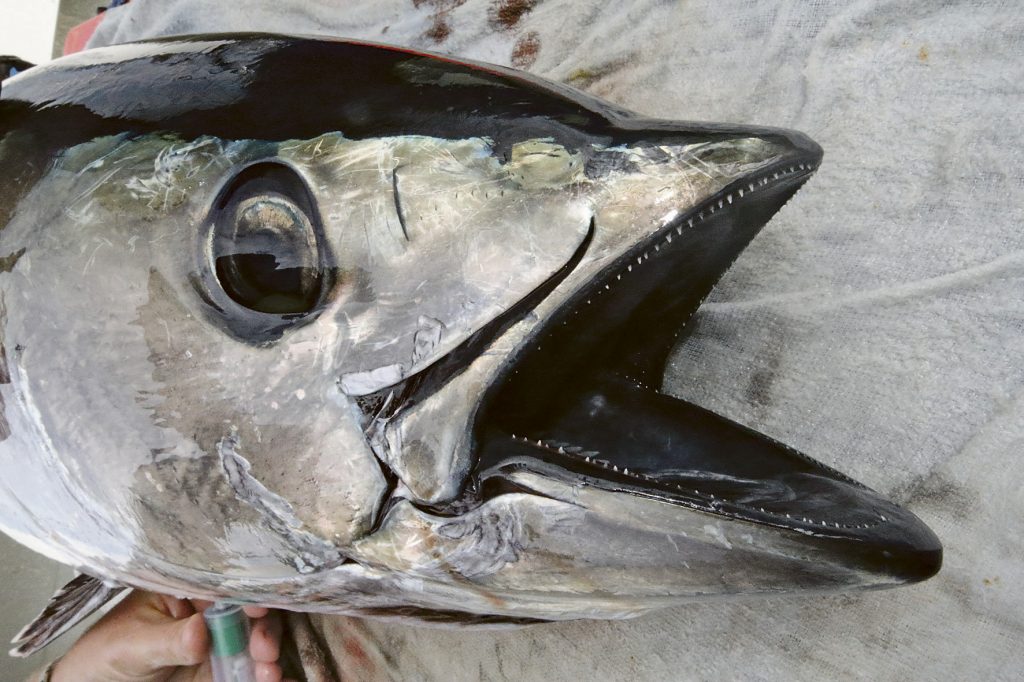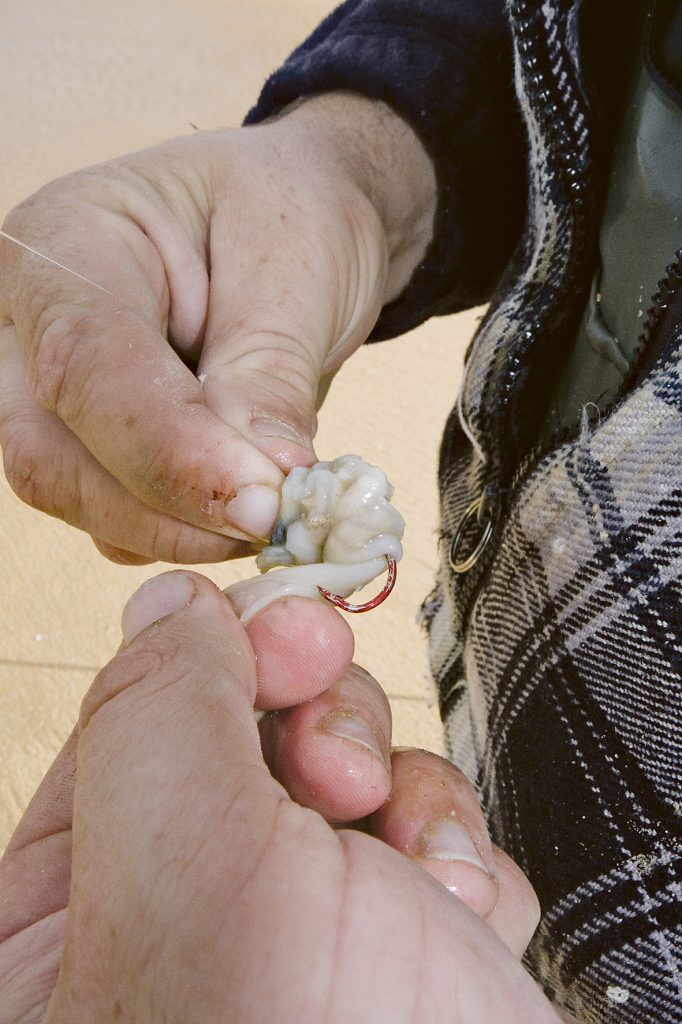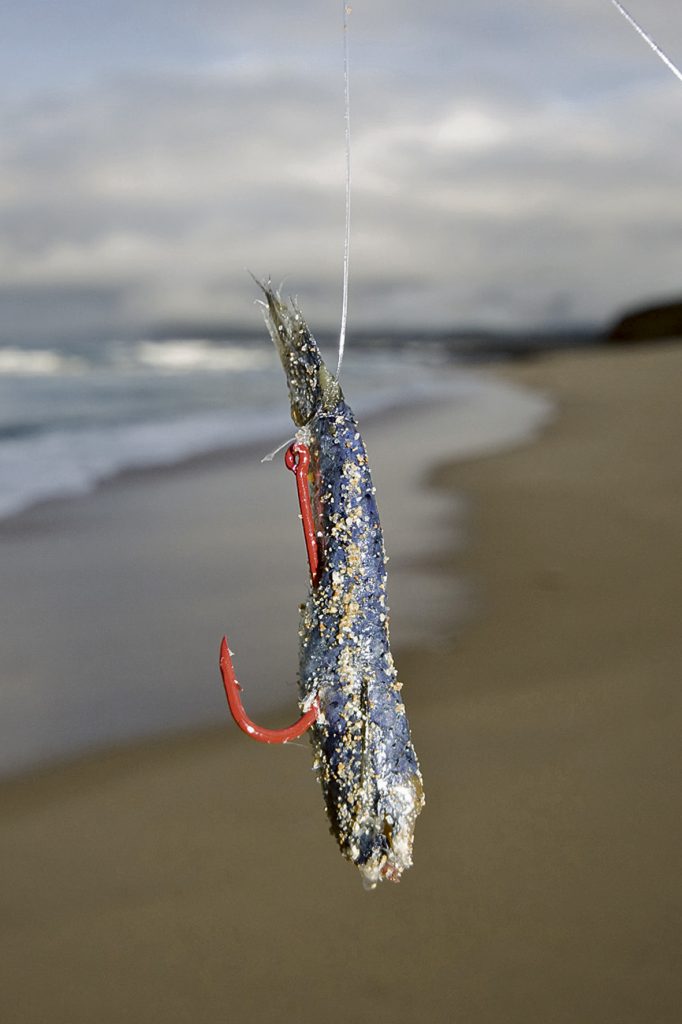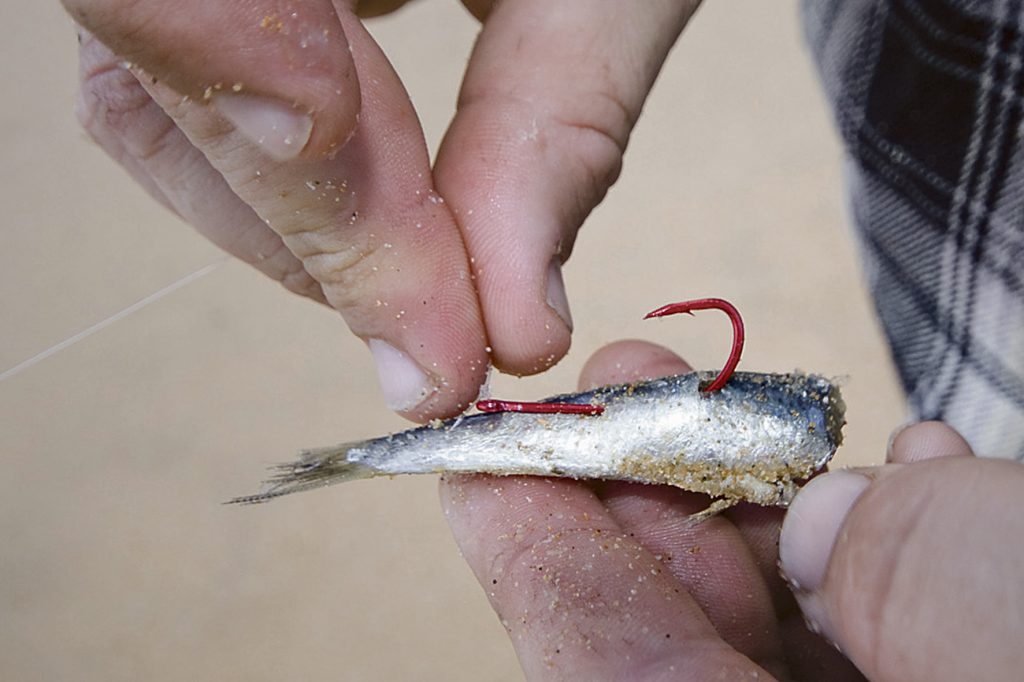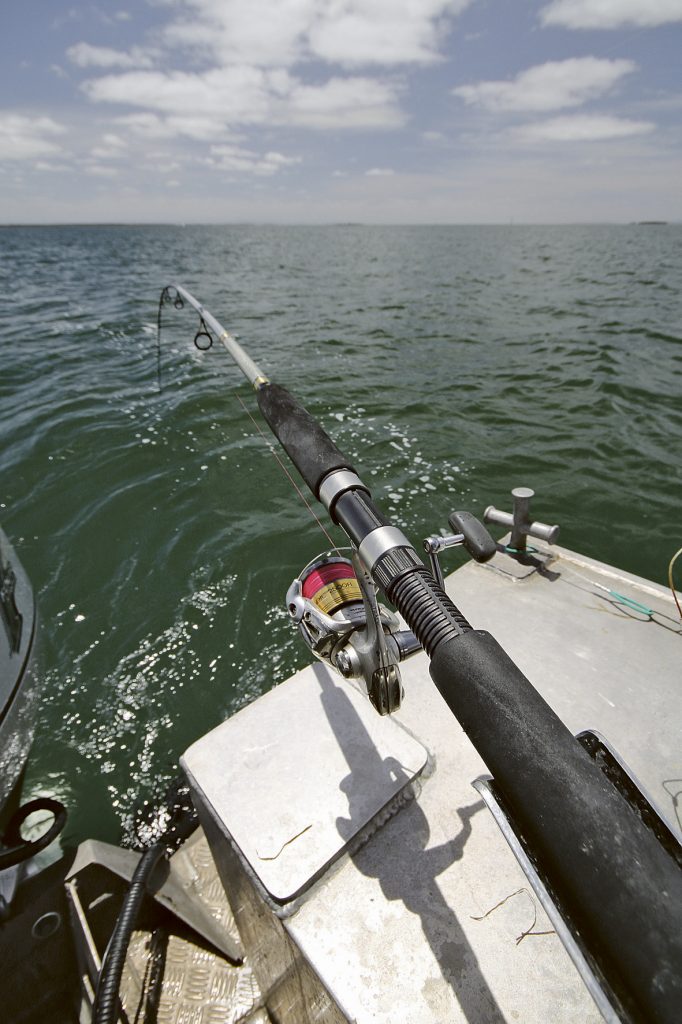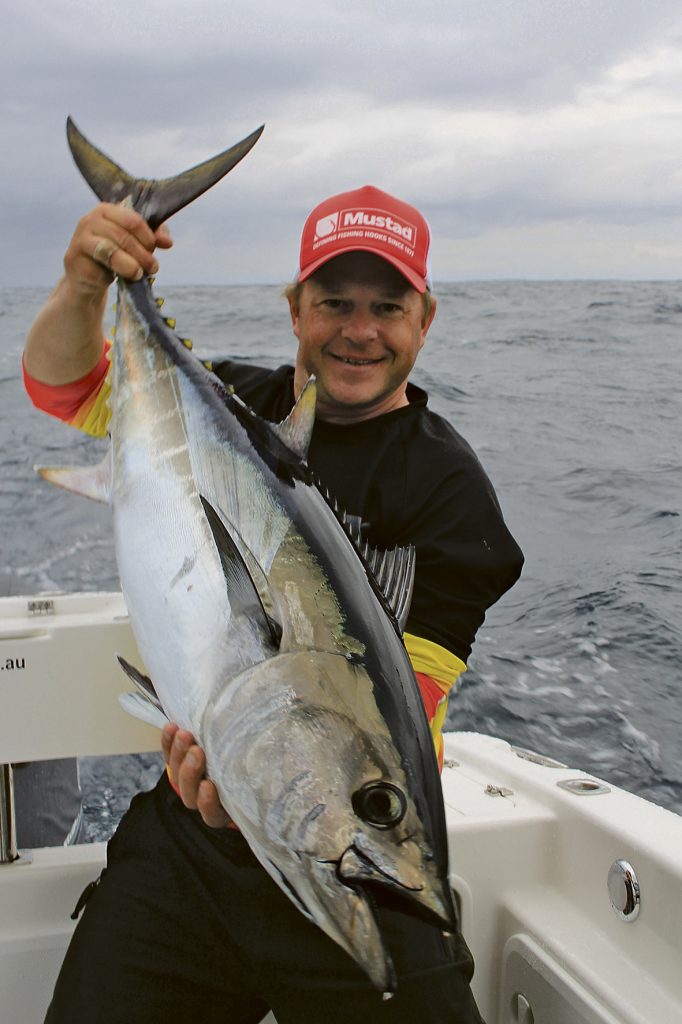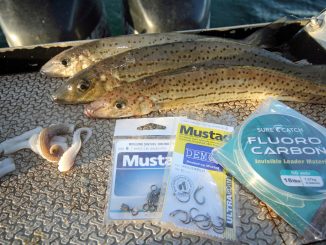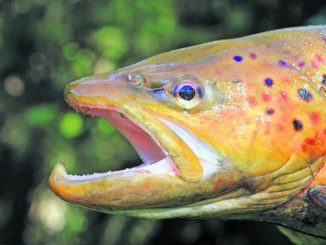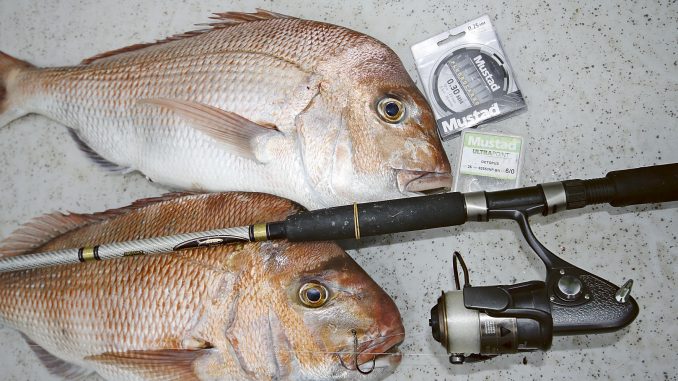
by Jarrod Day •
Hooks are a crucial part of fishing equipment and, quite frankly, without them you wouldn’t be going home with a feed of fish.
There are countless varieties of hooks on tackle store walls these days and choosing the right one can be a complex task. Often, we can walk into a tackle store and easily become overwhelmed by the variety on offer and end up just grabbing whatever is within reach and walking to the counter.
The main problem with this is that it is very easy to purchase the wrong design, size or brand, which can have a major impact at that crucial point when hooking or landing a fish. Despite the wrong design and or size, brand can play a major role, even due to its origin and where the hook is produced.
Well-known and advertised brands have strict quality control and are made from high quality metals, while cheaper brands can be made from mixed metals and can break or become blunt easily. The choice is up to you. Stick with a reliable brand from past experience that you trust.
Despite the large array of hooks, there really are only a handful that all Victorians really need in their box to cover all species that the state has to offer.
OCTOPUS/SUICIDE/BEAK
These are basically the same hook in terms of design and all fulfil the same task. More commonly referred to as an octopus or suicide hook, these hooks come in a range from as small as a size 10 for such species as trout or mullet all the way to a staggering 10/0 for those deep water species such as blue-eye and other reef dwelling ooglies.
Octopus style hooks are mainly used when bait fishing. In Victoria, this hook is more centred around fishing for gummy sharks and snapper in sizes ranging 4/0-8/0. The smaller #6 and #8 suits fishing for bream and size 10 for trout and mullet.
The octopus hook style can be fished in many ways. For instance, it can be fished on a running sinker rig with weighted or unweighted baits such as whole pilchards or a strip of calamari. When targeting bream, a peeled prawn or sand worm can be threaded onto the hook for bream, trevally and the like. Octopus hooks can also be snelled together to fish larger baits for bigger fish.
CIRCLE
Although the popularity for circle hooks has increased over the past 10 years, circles have been around for decades in some form or another. Their design allows a fish to take a bait and hook itself without angler intervention meaning more solid hook sets and a higher chance of anglers landing the fish during battle.
Although the hook itself looks as if it couldn’t hook anything, it is very unique and requires a certain technique to be fished in the right way.
A circle hook is best fished on a paternoster rig where the line is kept tight from the rod’s tip. This allows the hook to set itself in the corner of the fish’s jaw hinge 100% of the time. Should an angler fish a circle on a running sinker rig, the hook will not set yet if the angler attempts to set the hook while fishing a paternoster rig, the hook will pull out of the fish’s mouth almost every time, hence the term ‘slack man’s hook.’ A circle must be fished with a semi-tight drag and left to do its work, otherwise the hooking process will be jeopardised.
Circle hooks also come in many sizes from #24 up to a staggering 12/0 as well as many different circle shapes. When fishing with circle hooks, small baits are required, so to leave a great deal of hook point exposure. Smaller sized baits can easily be swallowed in one mouthful, allowing the hook to set easily.
OCTOPUS CIRCLE
An octopus circle hook is a combination of the circle and the octopus giving the best of both worlds. Some anglers cannot refrain from striking to set a hook with a circle, whereas they can continue to do so with an octopus circle. Available in the same sizes as the octopus and circle, this hook can be fished both on a running sinker rig or paternoster. When fished on a running sinker rig it is best to have only the one hook attached to the end of the leader rather than snelling multiple hooks.
Similar to circle hooks, when using octopus circles smaller size baits are required for it to be successful in the hook setting process. This means using half pilchards, strips of squid, slithers of fish fillets or otherwise.
LONG SHANK
The long shank hooks are extremely popular amongst anglers, particularly those targeting flathead, salmon, whiting, tailor, bream, trevally and more. The long shank of the hook prevents fish with sharp teeth from biting through leader, that is, if they don’t engulf the entire hook. The long shank requires the angler to strike to set the hook and tend to hook deep down the throat of the fish. This in turn can cause major trauma to a fish if you’re choosing to release it, whereas a circle might be a better option.
Long shanks can be fished on paternoster rigs. They are also a very good option on running sinker rigs, particularly when fish are finicky biters such as whiting on sunny days. They’re a top hook to be used when fishing in estuaries as smaller baits such as pipis, sand worm, prawns, mussels, tenderised calamari strips and other soft baits can be easily threaded along the shank of the hook.
BAIT HOLDER
One of the more common hooks used for bream, trevally, mullet and salmon, the bait holder hook has a smaller shank than a long shank and contains two small barbs on its shank. These are for holding baits such as worms, crickets, maggots, pipis, sandworms, prawns, mussels and tenderised calamari strips onto the shank in order to give them a more natural presentation. Ideal for bream, salmon, trevally, flathead, mullet and trout, these hooks are more effective when fished on a running sinker rig.
Once again, the angler is required to set the hook when a bite is noticed in order to get a clean and solid hook set. In saying that, a bait holder hook can also be rigged on a parternoster rig, which is more common amongst anglers fishing the surf for salmon. In this case, a size 1/0 or 2/0 is recommended.
J HOOKS
J hooks get their name from their shape. J hooks tend to be more commonly used in big game fishing for Mako sharks and tuna where they can be rigged inside skirted lures or rigged on wire and placed into whole salmon or tuna baits destined for a big mako sharks.
When rigging in skirted lures, J hooks track in a straight line when being trolled, meaning the hook setting process is maximised and the hook will drive itself into the fish’s mouth when the lure is attached, due to the weight of the fish. The J hook is also thicker in gauge compared to other hook styles so it can be used for extremely large fish. For tuna, size 7/0-9/0 J hooks are recommended, while for sharks 10/0-12/0 work depending on the size of the bait being used.
LIVE BAIT
Live bait hooks are used for exactly that – live baiting. Live bait hooks are short in stature and almost resemble a circle hook without the hooks point bending back towards the shank. They are also quite a thick gauge to allow maximum penetration when a live bait is taken.
Live bait hooks tend to be used for species such as kingfish and tend to be rigged on either a paternoster type rig or just on a length of leader, which is attached to a swivel and the mainline to allow the live bait to swim freely. Once the live bait is rigged either by bridling or through the shoulder, it can be deployed under a balloon or float or sent to the bottom to where the intended target is holding.
Live bait hooks are not to be struck to be set into a fish. Rather they tend to be left so the fish can swallow the entire livie and set themselves.
You can see that with a little bit of knowledge about hook styles, you can easily choose a design for the specific species you’re targeting and ensure success as well as getting a more clean and solid hook set. Using the right hook is important. Next time you’re visiting your local tackle store, take a good look around and don’t be in a rush to grab just any old hook.
AUTHOR’S CHOICE
Species: Hooks
Gummy shark: Octopus circle #6/0 or circle #6/0 (Western Port and PPB), octopus circle #6/0 (offshore)
Snapper: Circle #5/0 or #6/0 (Western Port), octopus #5/0-6/0 snelled (PPB), octopus circle #6/0 (offshore)
Kingfish: Livebait #6/0 – live baiting, octopus #8/0 – strip baits (Western Port and PPB), livebait #6/0 (offshore)
Salmon: Mustad Kaiju #1/0 – casting metal slugs, or 3/8oz jighead – soft plastics (Western Port and PPB), red baitholder 1/0 (surf)
Flathead: Circle #2/0 (Western Port and offshore), bloodworm long shank #1/0 (PPB)
Whiting: Circle #6 or #4 or bloodworm long shank #6 (Western Port and PPB)
Bream: Red baitholder #6 (estuaries and rivers)
Trevally: Red baitholder #6 or bloodworm long shank #6 (estuaries and rivers)
Mullet: Circle #6 or #4 or bloodworm long shank #6 (Western Port and PPB),
Garfish: Mustad 4540 1/2 long shank (Western Port and PPB)
Tuna: Mustad 7766d 6/0-9/0 (trolling)
Sharks: Mustad 7766D 9/0-11/0 (bait fishing offshore)

